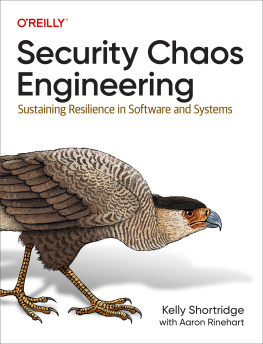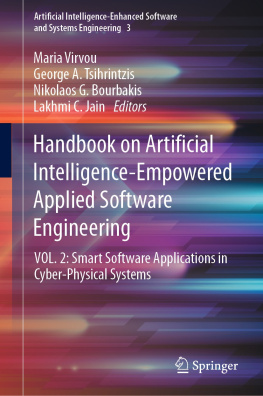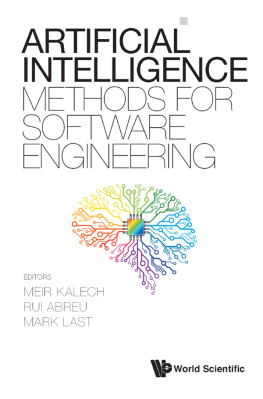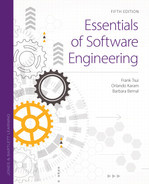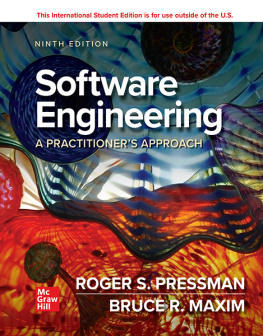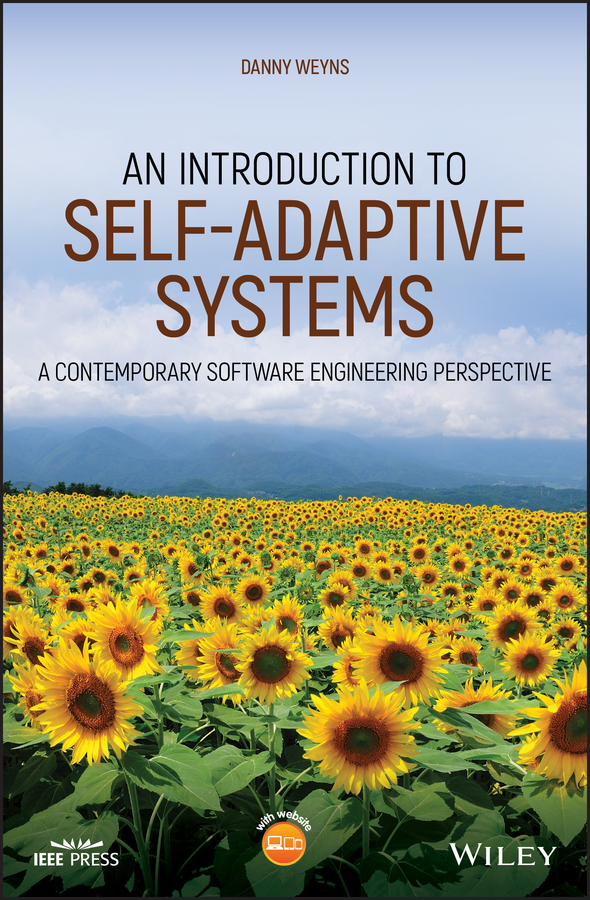Danny Weyns - An Introduction to Self-adaptive Systems: A Contemporary Software Engineering Perspective (IEEE Press)
Here you can read online Danny Weyns - An Introduction to Self-adaptive Systems: A Contemporary Software Engineering Perspective (IEEE Press) full text of the book (entire story) in english for free. Download pdf and epub, get meaning, cover and reviews about this ebook. year: 2020, publisher: Wiley-IEEE Computer Society Pr, genre: Computer. Description of the work, (preface) as well as reviews are available. Best literature library LitArk.com created for fans of good reading and offers a wide selection of genres:
Romance novel
Science fiction
Adventure
Detective
Science
History
Home and family
Prose
Art
Politics
Computer
Non-fiction
Religion
Business
Children
Humor
Choose a favorite category and find really read worthwhile books. Enjoy immersion in the world of imagination, feel the emotions of the characters or learn something new for yourself, make an fascinating discovery.

- Book:An Introduction to Self-adaptive Systems: A Contemporary Software Engineering Perspective (IEEE Press)
- Author:
- Publisher:Wiley-IEEE Computer Society Pr
- Genre:
- Year:2020
- Rating:4 / 5
- Favourites:Add to favourites
- Your mark:
An Introduction to Self-adaptive Systems: A Contemporary Software Engineering Perspective (IEEE Press): summary, description and annotation
We offer to read an annotation, description, summary or preface (depends on what the author of the book "An Introduction to Self-adaptive Systems: A Contemporary Software Engineering Perspective (IEEE Press)" wrote himself). If you haven't found the necessary information about the book — write in the comments, we will try to find it.
A concise and practical introduction to the foundations and engineering principles of self-adaptation
Though it has recently gained significant momentum, the topic of self-adaptation remains largely under-addressed in academic and technical literature. This book changes that. Using a systematic and holistic approach, An Introduction to Self-adaptive Systems: A Contemporary Software Engineering Perspective provides readers with an accessible set of basic principles, engineering foundations, and applications of self-adaptation in software-intensive systems.
It places self-adaptation in the context of techniques like uncertainty management, feedback control, online reasoning, and machine learning while acknowledging the growing consensus in the software engineering community that self-adaptation will be a crucial enabling feature in tackling the challenges of new, emerging, and future systems.
The author combines cutting-edge technical research with basic principles and real-world insights to create a practical and strategically effective guide to self-adaptation. He includes features such as:
- An analysis of the foundational engineering principles and applications of self-adaptation in different domains, including the Internet-of-Things, cloud computing, and cyber-physical systems
- End-of-chapter exercises at four different levels of complexity and difficulty
- An accompanying author-hosted website with slides, selected exercises and solutions, models, and code
Perfect for researchers, students, teachers, industry leaders, and practitioners in fields that directly or peripherally involve software engineering, as well as those in academia involved in a class on self-adaptivity, this book belongs on the shelves of anyone with an interest in the future of software and its engineering.
Danny Weyns: author's other books
Who wrote An Introduction to Self-adaptive Systems: A Contemporary Software Engineering Perspective (IEEE Press)? Find out the surname, the name of the author of the book and a list of all author's works by series.

